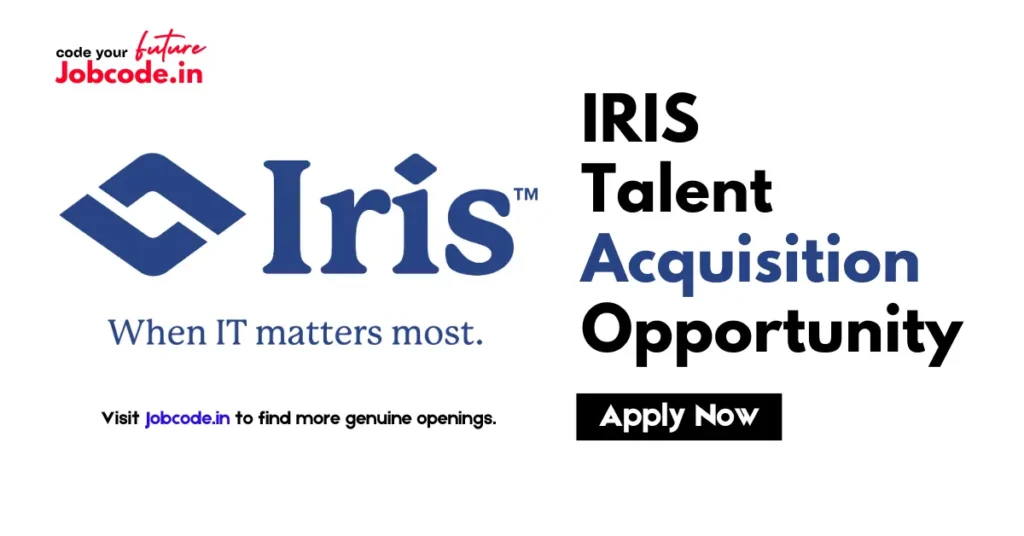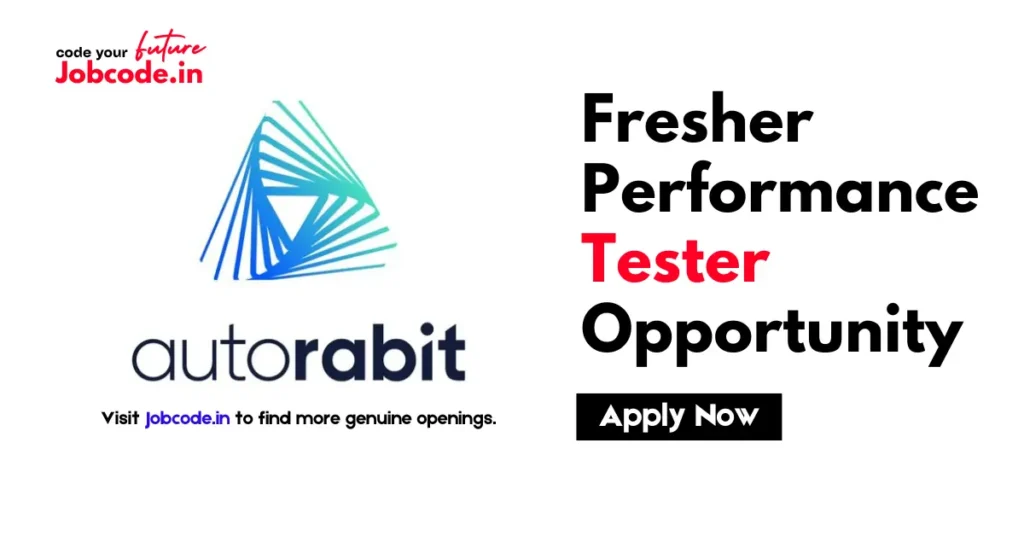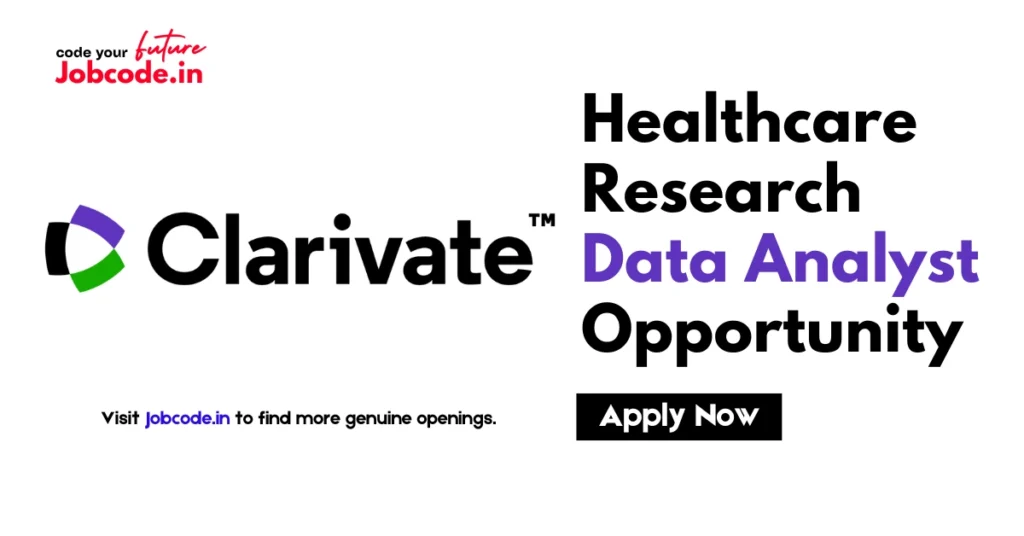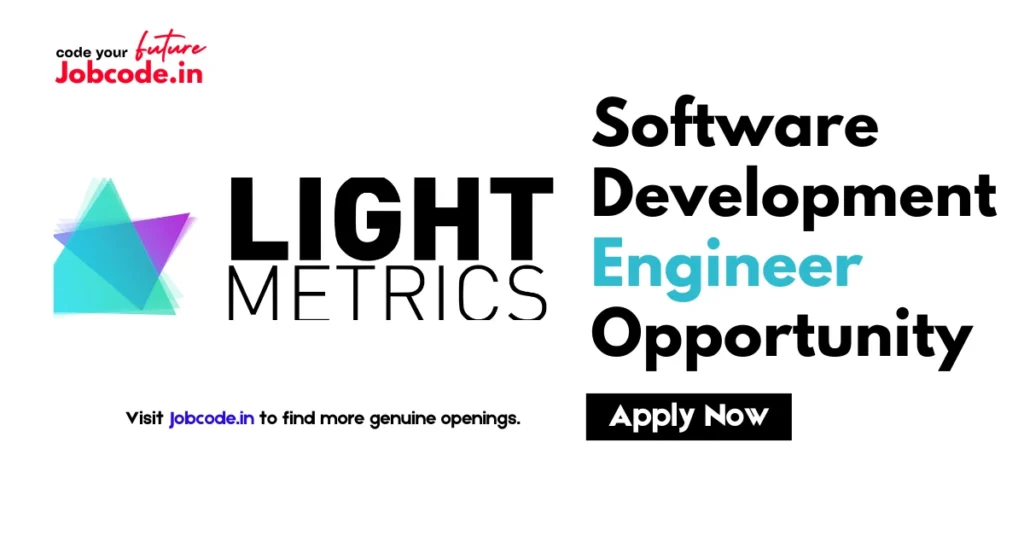Introduction
Full stack web development is one of the most sought-after skills in the tech industry. A full stack developer is responsible for working on both the frontend (what users interact with) and the backend (server-side logic and databases). This roadmap will guide beginners through the essential skills and tools needed to become a proficient full stack developer in 2025.
1. Understanding the Basics
What is Full Stack Development?
Full stack development involves working on all layers of a web application, including:
- Frontend (UI/UX design, client-side scripting)
- Backend (server-side logic, databases, APIs)
- Version Control & Deployment (Git, cloud hosting, CI/CD pipelines)
2. Frontend Development
a) Core Technologies
- HTML – The backbone of web pages.
- CSS – Styles and layouts (CSS3 includes animations, transitions, and grid layouts).
- JavaScript – Enables interactivity and dynamic features.
b) Frameworks & Libraries
- React.js – Component-based UI development.
- Vue.js – Lightweight and easy to learn.
- Angular – Robust, enterprise-level applications.
c) Responsive & UI Design
- Bootstrap – Pre-designed UI components.
- Tailwind CSS – Utility-first CSS framework.
- Material UI – Google’s Material Design framework.
3. Backend Development
a) Programming Languages
- JavaScript (Node.js) – Popular and widely used.
- Python (Django, Flask) – Beginner-friendly and powerful.
- Java (Spring Boot) – Used in enterprise applications.
b) Backend Frameworks
- Express.js – Lightweight and fast for Node.js applications.
- Django – Secure and scalable for Python developers.
- Spring Boot – Robust framework for Java backend applications.
4. Database Management
a) SQL Databases
- MySQL – Open-source and widely used.
- PostgreSQL – Advanced features and scalability.
b) NoSQL Databases
- MongoDB – Flexible document-based storage.
- Firebase – Real-time database for web applications.
5. APIs and Authentication
- RESTful APIs – Communication between frontend and backend.
- GraphQL – More efficient data fetching.
- JWT (JSON Web Tokens) – Secure authentication.
6. Version Control & Collaboration
- Git – Track changes in code.
- GitHub, GitLab, Bitbucket – Hosting repositories and collaboration.
7. Deployment & DevOps
- Hosting Services: AWS, Vercel, Netlify, Heroku.
- Containerization: Docker for scalable deployments.
- CI/CD: Automate deployment pipelines.
8. Building Projects
To solidify your knowledge, start working on small projects such as:
- Portfolio Website – Showcasing your skills.
- To-Do App – CRUD (Create, Read, Update, Delete) operations.
- E-commerce Platform – Includes authentication and payment gateway.
9. Soft Skills & Continuous Learning
- Problem-solving & Debugging.
- Communication & Collaboration.
- Keeping up with Trends (Follow blogs, join developer communities, contribute to open-source projects).
Conclusion
Becoming a full stack developer in 2025 requires a structured learning path and consistent practice. By mastering both frontend and backend technologies, understanding databases, and keeping up with industry trends, you can build scalable web applications and advance your career in web development.








